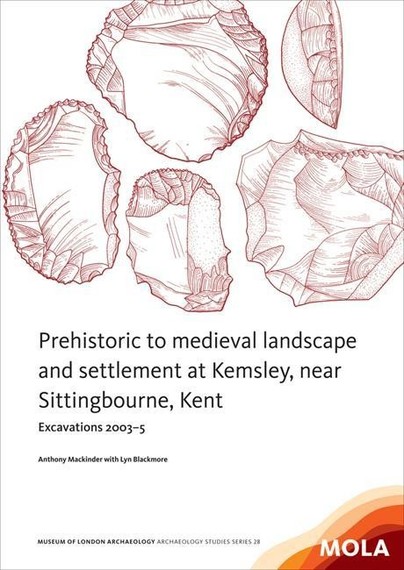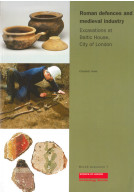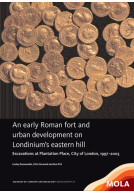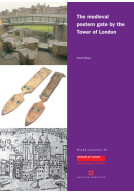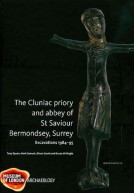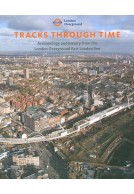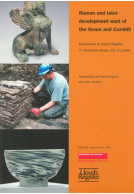Google Books previews are unavailable because you have chosen to turn off third party cookies for enhanced content. Visit our cookies page to review your cookie settings.
Prehistoric to medieval landscape and settlement at Kemsley, near Sittingbourne, Kent (Paperback)
Imprint: MOLA (Museum of London Archaeology)
Pages: 100
Illustrations: Fully colour illustrated
ISBN: 9781907586217
Published: 31st January 2014
Script Academic & Professional
Pages: 100
Illustrations: Fully colour illustrated
ISBN: 9781907586217
Published: 31st January 2014
Script Academic & Professional
Usually available in 6-8 weeks.
You'll be £12.00 closer to your next £10.00 credit when you purchase Prehistoric to medieval landscape and settlement at Kemsley,
near Sittingbourne, Kent. What's this?
+£4.99 UK Delivery or free UK delivery if order is over £40
(click here for international delivery rates)
Need a currency converter? Check XE.com for live rates
(click here for international delivery rates)
Need a currency converter? Check XE.com for live rates
This volume examines the evolution of a rural landscape in north Kent from the Late Mesolithic (c 7500 BC) to the 19th century, as revealed by analysis of the results of excavation on a site overlooking the marshes and tributaries of the River Medway, near Sittingbourne. Particular emphasis is placed on the prehistoric pottery assemblage and on understanding the site in terms of local and regional developments. Slight evidence for Late Mesolithic and Neolithic activity (residual finds only) was followed by the creation of a field system. This was well established by the Late Bronze Age, when pitting and refuse disposal suggests the presence of a nearby settlement. There are inconclusive indications from associated pottery that some field boundaries may have had Middle Bronze Age origins and that some structured deposition was taking place. A period of abandonment, possibly related to rising sea levels, preceded the construction of a Middle Iron Age unenclosed farmstead represented by four roundhouses constructed at some time after c 300 BC and the re-establishment of a field system. The local field boundaries were reorganised in the Late Iron Age, and remained in use during the 1st century AD, but were abandoned thereafter, with no archaeological evidence for subsequent land use until a new farm was established in the 11th to mid 13th centuries.
Other titles in MOLA (Museum of London Archaeology)...







